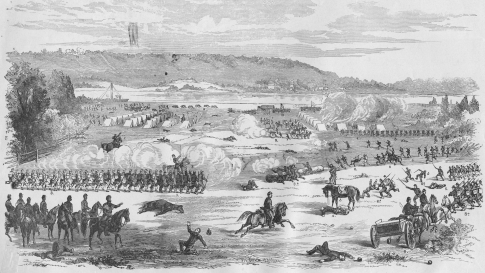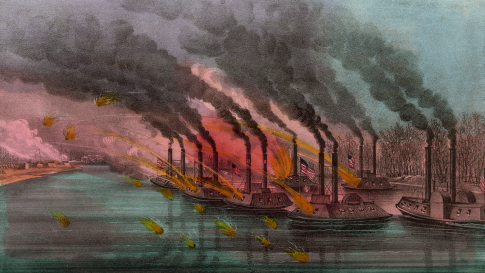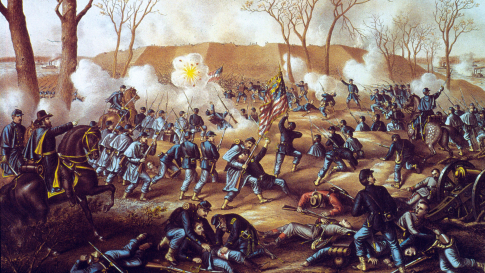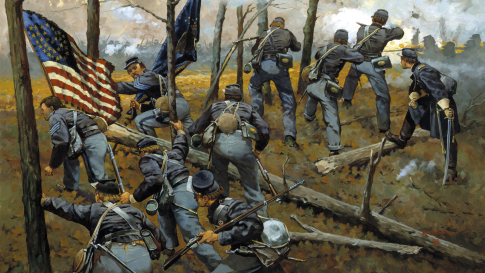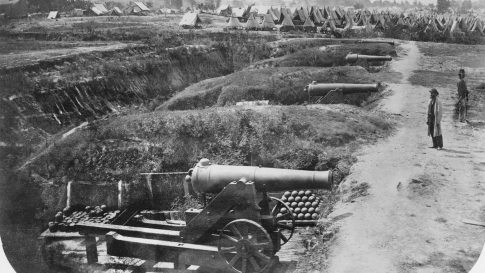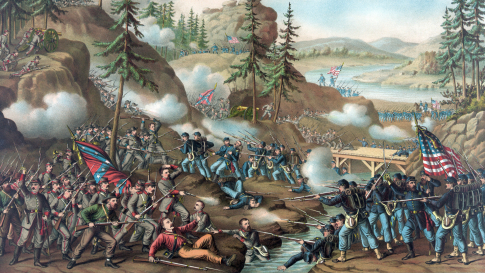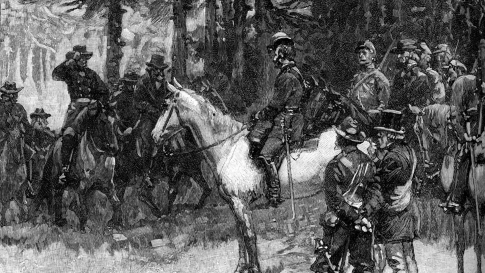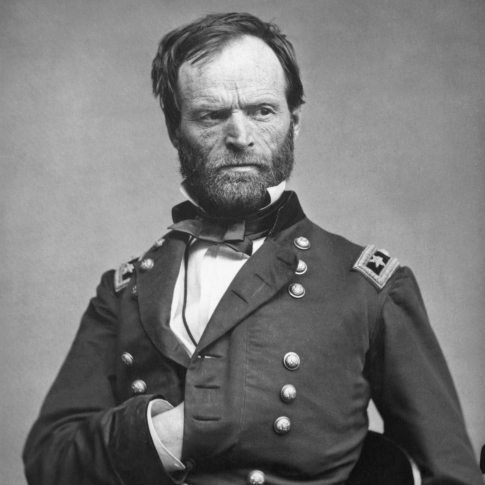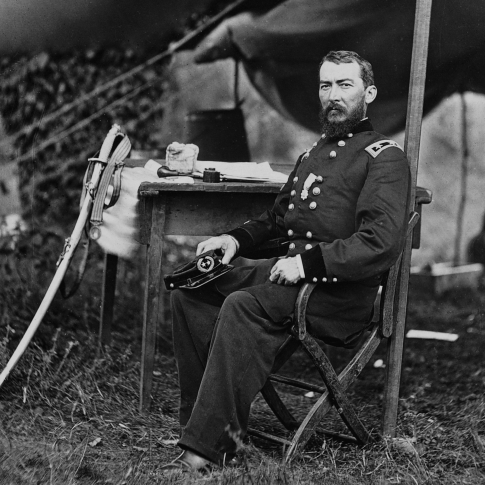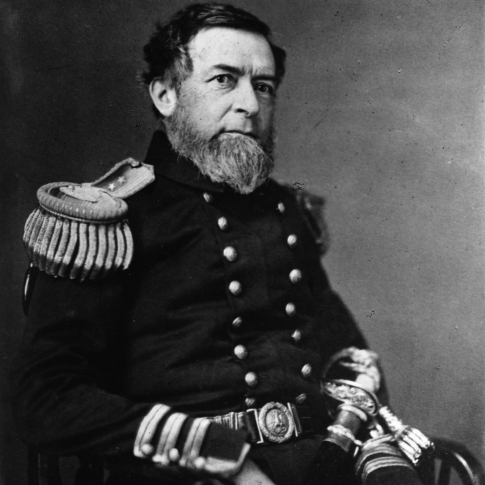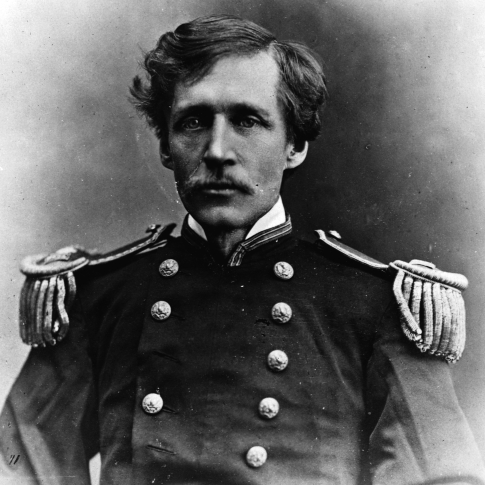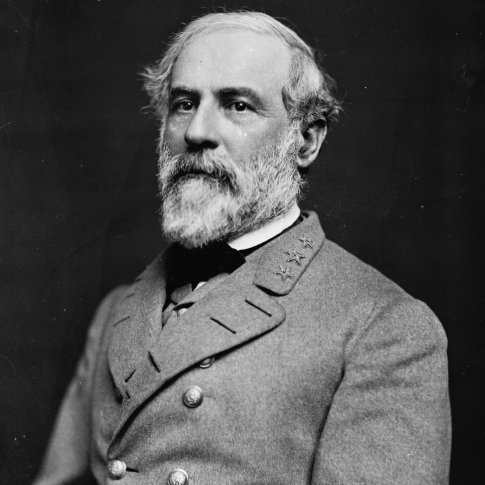Union

Few would have predicted Ulysses S. Grant’s meteoric rise from a quiet, unassuming soldier to a general credited with winning the Civil War. He’d attended West Point reluctantly, failed in farming and business and despite promise shown during the Mexican-American War, had an unimpressive early military career. But two 1862 victories at Fort Henry and Fort Donelson early in the Civil War earned him the nickname “Unconditional Surrender Grant”—and national attention. Grant turned the Battle of Shiloh’s first-day rout of his forces into a second-day victory. But even as the battle’s shocking casualties led to calls for Grant’s removal, President Lincoln declared, “I can’t spare this man—he fights.” After Grant overtook the strategic hubs of Vicksburg and Chattanooga, Lincoln made him commander-in-chief of all Union forces. Grant shifted east to take on Confederate General Robert E. Lee in the Overland and Petersburg campaigns, a series of bloody endurance battles that ended with Lee’s surrender. Grant went on to become the 18th U.S. president.


